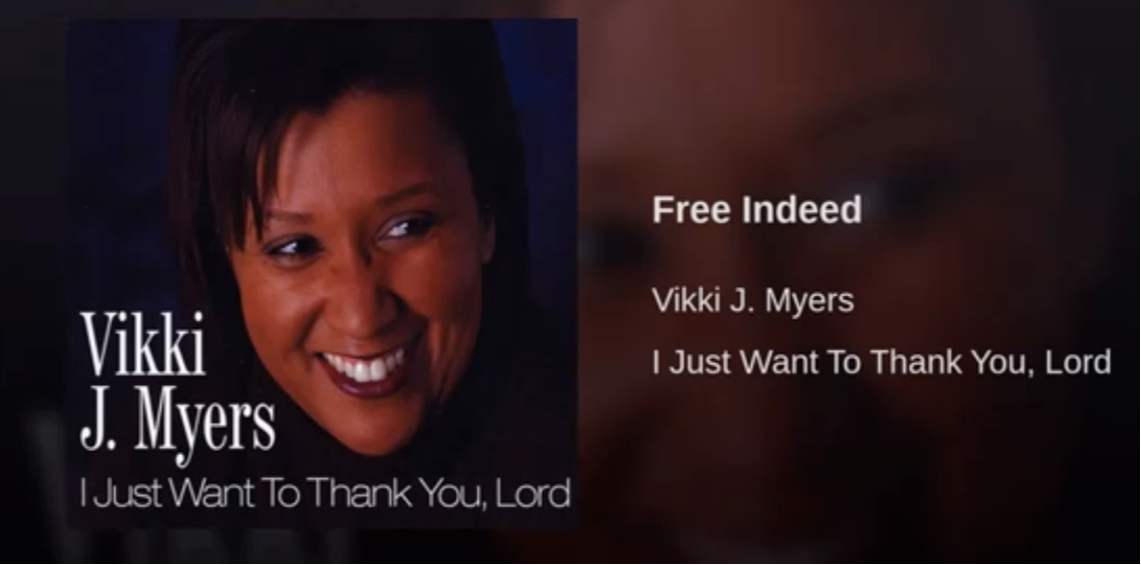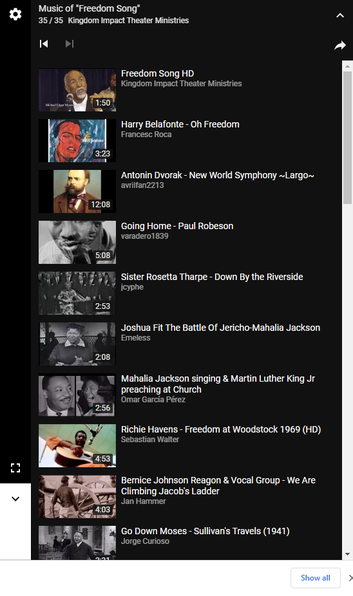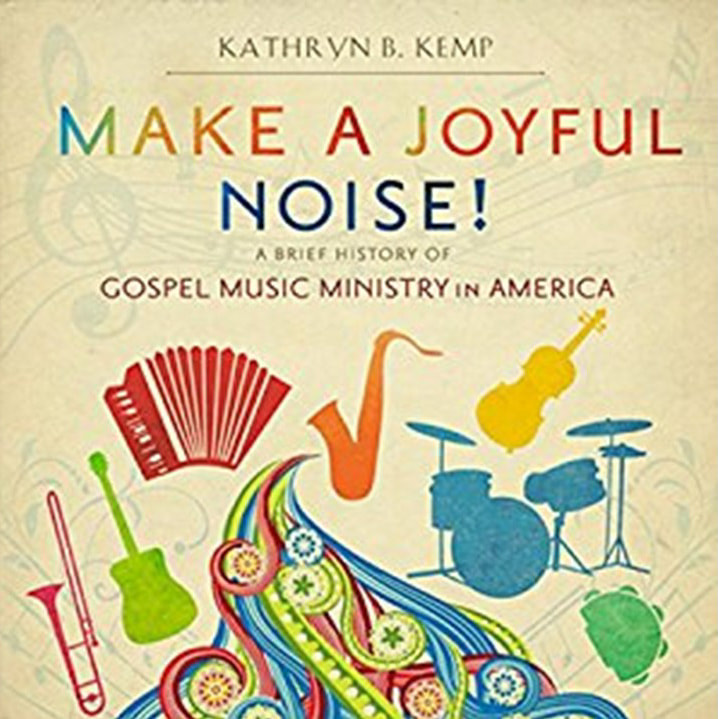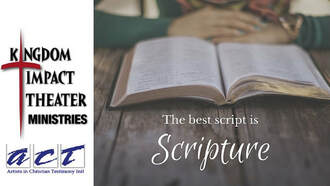|
All music that tells the story of redemption through Jesus Christ is gospel music. Yet in some circles "gospel music" is confined to a niche -- a certain style of music; a style of music associated with African-Americans. In that sense, components of "gospel music" are symbolized by two easily identifiable symbols: a choir and robes. These symbols come from a powerful aesthetic in African-American heritage; yet there are dangers in defining gospel music and African-Americans by these two symbols alone. One danger is that of co-opting the sound of gospel music for other messages. Think, for instance, how often you have heard "gospel music" in a film, television program or commercial, none of which is associated with the gospel of Christ? Enjoyable as the sound may be, the listener must discern the context. The other danger is underestimating the impact of other styles of music upon liberating Africans in America. That liberation developed as the robed-choirs connected the music of the times with the lyrics from which they were rooted: the Hebrew and New Testament scriptures those that professed good news gospel music of Jesus Christ as He intended -- to link man and God. 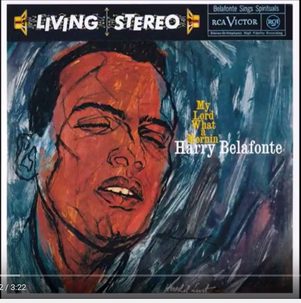 Hear "Free Indeed" based on John 8:36 on KIT's "Freedom Song" YouTube Playlist. Hear "Free Indeed" based on John 8:36 on KIT's "Freedom Song" YouTube Playlist.
Exploring that link, and telling the story of how gospel music has developed in the United States is the purpose of "Freedom Song," one of the ensemble plays from the Kingdom Impact Theater Ministries history cycle. The script was created in 2011 as reader's theater presentation in response to a request for a church's African-American History month program. Since then, "Freedom Song" has been presented annually as part of church and corporate commemorations in February.
Because of those performances, "Freedom Song" has received subsequent off-season productions - not just during African-American history month. The themes extend beyond just February and beyond the topic of physical slavery in the U.S. The weaving of Scripture, song history and musical genres create a tale of liberation through Christ from an assortment of enslaving circumstances and behaviors. Over 30 songs from America's colonial slavery to millennial technology bondage are sampled, dramatized and in the program that is staged as an abbreviated one-act or movie-length outreach complete with a post-performance talk-back. In the course of the evening, the audience receives new insight into traditional, beloved gospel music, and is introduced to newer selections that don't have the gospel music sound, but deliver the gospel of Christ message.
However, don't stop reading and looking after Feb. 28. Just as African-American history occurs beyond the end of February, the gospel of Christ cannot be contained to just 28 days. Please consider adding the entire "Freedom Song" playlist to your YouTube channel. A History of Gospel Music
0 Comments
Leave a Reply. |
The KIT 'n' Kaboodle BlogThe essays here are culled from our travels, conversations, worship experiences and discoveries. Many are reprints from our newsletter, The KIT 'n' Kaboodle, or Facebook notes over time. They're written by our ensemble, Garlan Garner, Michael Edgar Myers or Vikki J. Myers -- solo, or collectively. Archives
June 2024
Categories
All
|
Proudly powered by Weebly

